|
Florence West
Florence Isabella Brandon, (15 December 1858 – 14 November 1912) known by her stage name Florence West, was an English actress, who created roles in new plays by Oscar Wilde and Bernard Shaw. She married the actor Lewis Waller and frequently appeared with him in the West End and on tour until her retirement in 1905. Life and career Early years West was born on 15 December 1858 in Putney, near London, the eldest daughter of Horatio Brandon, a solicitor."Florence Isabella Brandon" Ancestry.uk. Retrieved 18 April 2021 She married William Waller Lewis – later known as the actor – in April 1882. They had a son and a daughter. [...More Info...] [...Related Items...] OR: [Wikipedia] [Google] [Baidu] |
|
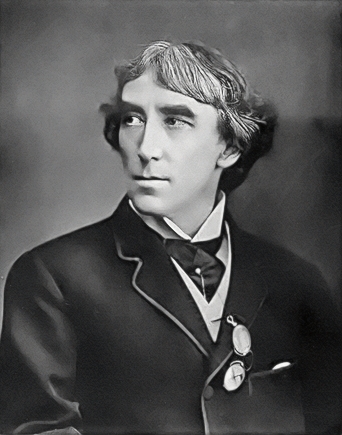 |
Vaudeville Theatre
The Vaudeville Theatre is a West End theatre on the Strand in the City of Westminster. As the name suggests, the theatre held mostly vaudeville shows and musical revues in its early days. It opened in 1870 and was rebuilt twice, although each new building retained elements of the previous structure. The current building opened in 1926, and the capacity is now 690 seats. Rare ''thunder drum'' and ''lightning sheets'', together with other early stage mechanisms, survive in the theatre. History Origins The theatre was designed by prolific architect C. J. Phipps, and decorated in a Romanesque style by George Gordon. It opened on 16 April 1870 with Andrew Halliday's comedy, ''For Love Or Money'' and a burlesque, ''Don Carlos or the Infante in Arms''. A notable innovation was the concealed footlights, which would shut off if the glass in front of them was broken. The owner, William Wybrow Robertson, had run a failing billiard hall on the site but saw more opportunity in theatre. ... [...More Info...] [...Related Items...] OR: [Wikipedia] [Google] [Baidu] |
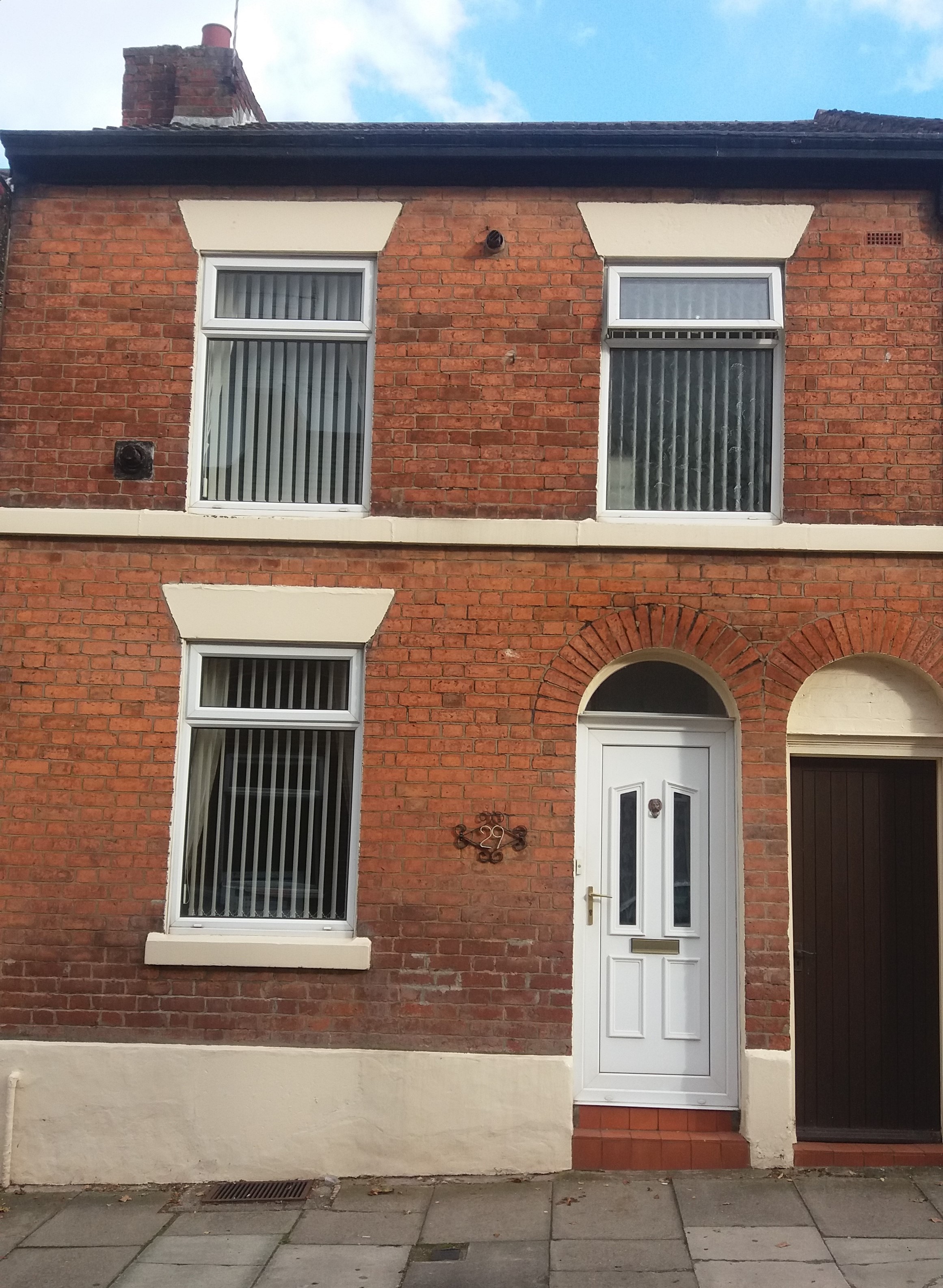 |
Hall Caine
Sir Thomas Henry Hall Caine (14 May 1853 – 31 August 1931), usually known as Hall Caine, was a British novelist, dramatist, short story writer, poet and critic of the late nineteenth and early twentieth century. Caine's popularity during his lifetime was unprecedented. He wrote fifteen novels on subjects of adultery, divorce, domestic violence, illegitimacy, infanticide, religious bigotry and women's rights, became an international literary celebrity, and sold a total of ten million books. Caine was the most highly paid novelist of his day. ''The Eternal City'' is the first novel to have sold over a million copies worldwide. In addition to his books, Caine is the author of more than a dozen plays and was one of the most commercially successful dramatists of his time; many were West End and Broadway productions. Caine adapted seven of his novels for the stage. He collaborated with leading actors and managers, including Wilson Barrett, Viola Allen, Herbert Beerbohm Tree, ... [...More Info...] [...Related Items...] OR: [Wikipedia] [Google] [Baidu] |
 |
An Ideal Husband
''An Ideal Husband'' is a four-act play by Oscar Wilde that revolves around blackmail and political corruption, and touches on the themes of public and private honour. It was first produced at the Haymarket Theatre, London in 1895 and ran for 124 performances. It has been revived in many theatre productions and adapted for the cinema, radio and television. Background and first production In June 1893, with his second drawing room play, ''A Woman of No Importance'', running successfully at the Haymarket Theatre, Oscar Wilde began writing ''An Ideal Husband'' for the actor-manager John Hare (actor), John Hare. He completed the first act while staying at a house he had taken at Goring-on-Thames, after which he named a leading character in the play.Jackson, p. xxxvi Between September 1893 and January 1894 he wrote the remaining three acts. Hare rejected the play, finding the last act unsatisfactory; Wilde then successfully offered the play to Lewis Waller, who was about to take te ... [...More Info...] [...Related Items...] OR: [Wikipedia] [Google] [Baidu] |
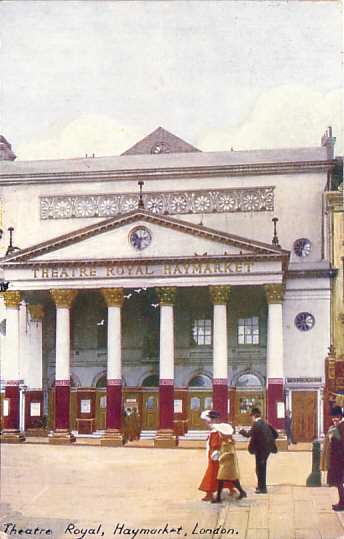 |
Haymarket Theatre
The Theatre Royal Haymarket (also known as Haymarket Theatre or the Little Theatre) is a West End theatre on Haymarket in the City of Westminster which dates back to 1720, making it the third-oldest London playhouse still in use. Samuel Foote acquired the lease in 1747, and in 1766 he gained a royal patent to play legitimate drama (meaning spoken drama, as opposed to opera, concerts or plays with music) in the summer months. The original building was a little further north in the same street. It has been at its current location since 1821, when it was redesigned by John Nash. It is a Grade I listed building, with a seating capacity of 888. The freehold of the theatre is owned by the Crown Estate. The Haymarket has been the site of a significant innovation in theatre. In 1873, it was the venue for the first scheduled matinée performance, establishing a custom soon followed in theatres everywhere. Its managers have included Benjamin Nottingham Webster, John Baldwin Buckst ... [...More Info...] [...Related Items...] OR: [Wikipedia] [Google] [Baidu] |
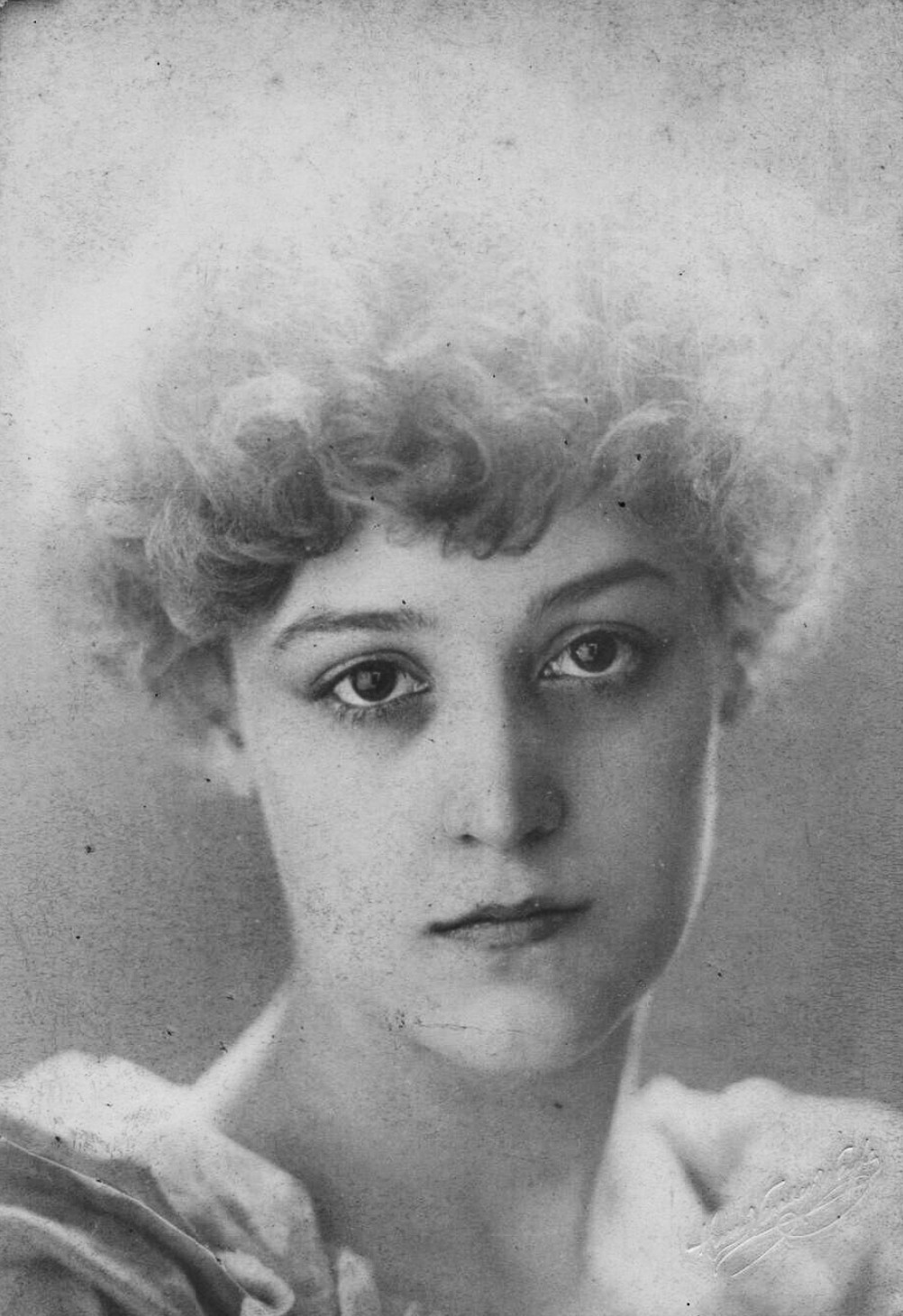 |
Dorothy Dene
Dorothy Dene (1859 – 27 December 1899), born Ada Alice Pullen, was an English stage actress and artist's model for the painter Frederick Leighton and some of his associates. Dene was considered to have a classical face and figure and a flawless complexion. Her height was above average and she had long arms, large violet eyes and abundant golden chestnut hair. Biography Dene was born in New Cross, London, in 1859; her birth name was Ada Alice Pullen. She came from a large family of girls, a number of whom earned their living from acting on stage. She lived with her four sisters in an apartment in South Kensington, London. Career as a model According to a story published in 1897, Leighton chose her as the one woman in Europe whose face and figure most closely tallied with his ideal. Leighton searched Europe for a model suitable for his 1884 painting '' Cymon and Iphigenia'', eventually finding Dene in a theatre in London. However, the story about her being found in a thea ... [...More Info...] [...Related Items...] OR: [Wikipedia] [Google] [Baidu] |
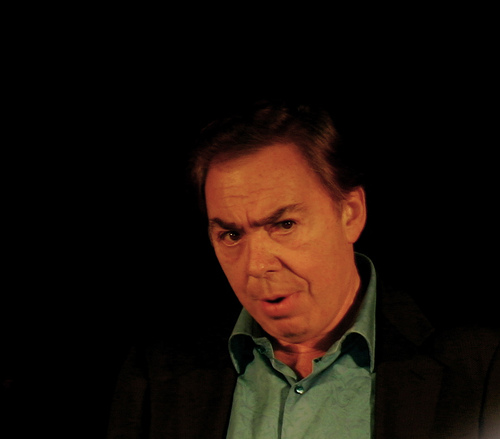 |
Gielgud Theatre
The Gielgud Theatre is a West End theatre, located on Shaftesbury Avenue, at the corner of Rupert Street, in the City of Westminster, London. The house currently has 986 seats on three levels. The theatre was designed by W. G. R. Sprague and opened on 27 December 1906 as the Hicks Theatre, named after Seymour Hicks, for whom it was built. The first play at the theatre was a hit musical called '' The Beauty of Bath'' co-written by Hicks. Another big success was '' A Waltz Dream'' in 1908. In 1909, the American impresario Charles Frohman became manager of the theatre and renamed the house the Globe Theatre, a name that it retained for 85 years. '' Call It a Day'' opened in 1935 and ran for 509 performances, a long run for the slow inter-war years. '' There's a Girl in My Soup'', opening in 1966, ran for almost three years, a record for the theatre that was not surpassed until '' Daisy Pulls It Off'' opened in April 1983 to run for 1,180 performances. Refurbished in 1987, ... [...More Info...] [...Related Items...] OR: [Wikipedia] [Google] [Baidu] |
|
Shaftesbury Theatre (1888)
The Shaftesbury Theatre was a theatre in central London, England, between 1888 and 1941. It was built by John Lancaster for his wife, Ellen Wallis, a well-known Shakespearean actress. The theatre was designed by C. J. Phipps and built by Messrs. Patman and Fotheringham at a cost of £20,000 and opened with a production of ''As You Like It'' on 20 October 1888. The theatre had a stage of 28' 6" square. The capacity was 1,196. It was located on the south side of Shaftesbury Avenue, just east of Gerrard Place. History The theatre's first big hit was '' The Belle of New York'' produced by the prominent Broadway producer, George W. Lederer, which opened on 12 April 1898 and ran for an extremely successful 697 performances. In 1908–09 H. B. Irving became the lessee and manager of the theatre and presented a successful season of plays. Robert Courtneidge was lessee for most of the early years of the 20th century and produced mostly comic operas and Edwardian musical comedies, in ... [...More Info...] [...Related Items...] OR: [Wikipedia] [Google] [Baidu] |
|
 |
Playhouse Theatre
The Playhouse Theatre is a West End theatre in the City of Westminster, located in Northumberland Avenue, near Trafalgar Square, central London. The Theatre was built by F. H. Fowler and Hill with a seating capacity of 1,200. It was rebuilt in 1907 and still retains its original substage machinery. As of November 2021, the theatre has been refurbished and renamed as the Kit Kat Club and is home to a revival of the musical ''Cabaret'' with a seating capacity of 550. History Early years Built by Sefton Henry Parry as the Royal Avenue Theatre, it opened on 11 March 1882 with 1200 seats. The first production at the theatre was Jacques Offenbach's ''Madame Favart''. In its early seasons, the theatre hosted comic operas, burlesques and farces for several years. For much of this time, the low comedian Arthur Roberts, a popular star of the music halls, starred at the theatre. By the 1890s, the theatre was presenting drama, and in 1894 Annie Horniman, the tea heiress, anonymous ... [...More Info...] [...Related Items...] OR: [Wikipedia] [Google] [Baidu] |
 |
Rutland Barrington
Rutland Barrington (15 January 1853 – 31 May 1922) was an English singer, actor, comedian and Edwardian musical comedy star. Best remembered for originating the lyric baritone roles in the Gilbert and Sullivan operas from 1877 to 1896, his performing career spanned more than four decades. He also wrote at least a dozen works for the stage. After two years with a comic touring company, Barrington joined Richard D'Oyly Carte's opera company and, over the next two decades, created a number of memorable comic opera roles, including Captain Corcoran in ''H.M.S. Pinafore'' (1878), the Sergeant of Police in ''The Pirates of Penzance'' (1880), and Pooh Bah in ''The Mikado'' (1885), among many others. Failing in an 1888 attempt to become a theatrical manager, Barrington refocused his energies on acting and occasional playwriting. Beginning in 1896 and continuing for ten years, Barrington played in a series of very successful musical comedies under the management of George Edwardes ... [...More Info...] [...Related Items...] OR: [Wikipedia] [Google] [Baidu] |
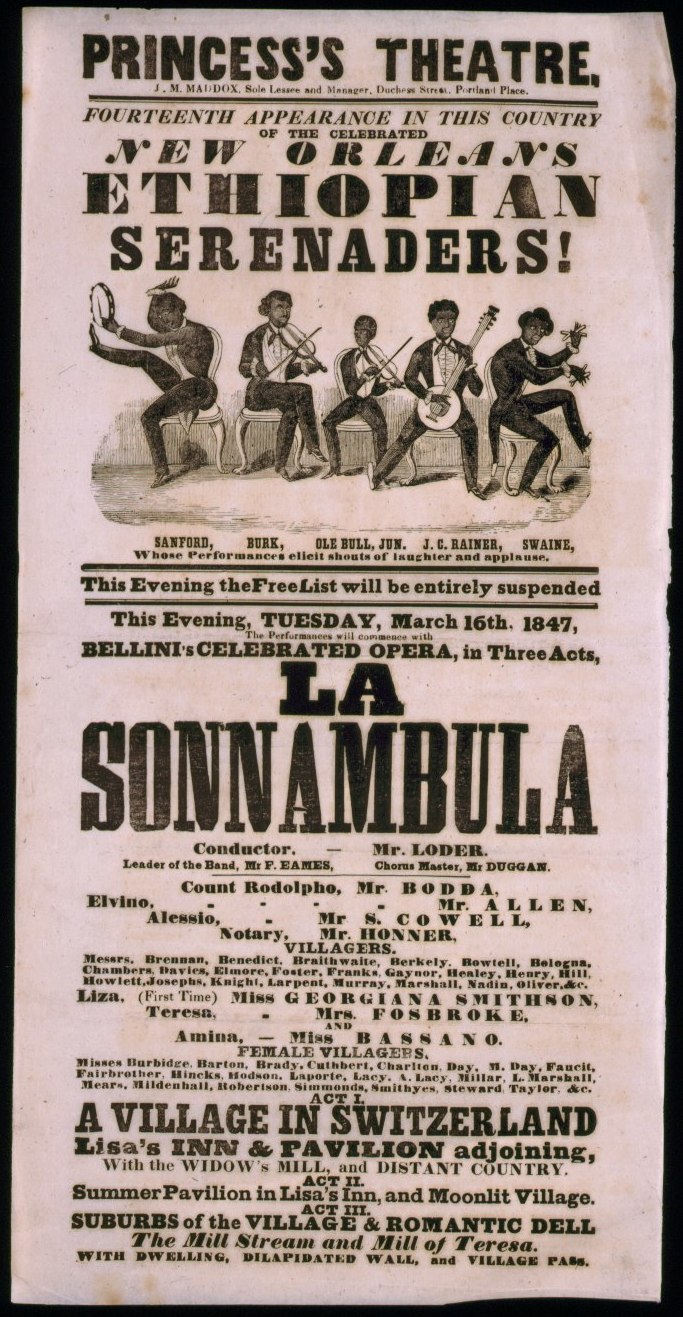 |
Princess's Theatre, London
The Princess's Theatre or Princess Theatre was a theatre in Oxford Street, London. The building opened in 1828 as the "Queen's Bazaar" and housed a diorama by Clarkson Stanfield and David Roberts. It was converted into a theatre and opened in 1836 as the Princess's Theatre, named for then Princess Victoria before her accession as queen. After an unsuccessful series of promenade concerts, alterations were made on the interior, and the theatre was reopened on 26 December 1842 with Vincenzo Bellini's opera '' La sonnambula''. The theatre, by now under the management of John Medex Maddox, presented operas and other entertainments, such as General Tom Thumb. The theatre is best remembered for Charles Kean's Shakespeare revivals, beginning in 1849 and continuing for ten years. Kean presented these in lavish and well-researched "authentic" productions and also presented French drama. Dion Boucicault became the theatre's leading actor, and Ellen Terry and Henry Irving got t ... [...More Info...] [...Related Items...] OR: [Wikipedia] [Google] [Baidu] |